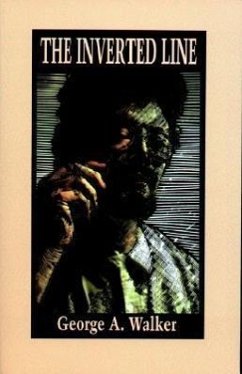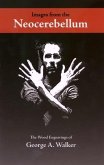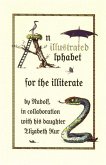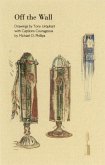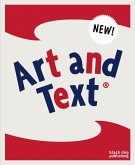Printmaker George A. Walker has assembled into one volume a collection of wood engravings that he has made during his career as an artist. He says in the introduction I hadn't ever really considered myself a wood-engraver ... [but] inevitably found myself making engravings on wood for my Artists' books. So you see I surprised myself when I realised that I had made hundreds of engravings over the years.... I fell into wood engraving much in the way one might fall into a pile of autumn leaves (not entirely by chance but the urge to jump in overcame me).' Why call this collection The Inverted Line? Walker goes on to explain: What I find seductive about wood engraving is the inverting of the line and the image.... I call it the inverted line. There are two reasons for this: the first is that the wood engraver is working with white lines in negative space and the second is that the image is backwards on the block before it's printed. However you see it, the black line of the artist's pen is transformed by its translation on the matrix to the impression on the paper. For every black line the engraver must cut two white lines on either side. It is this inversion of the lines, shapes and pattern that appeals to my temperament and begs to be explored.' George Walker is one of the most unusual wood engravers in the country, and works in a distinctly contemporary idiom. Using a dentist's drill, he routs out deep grooves which create bold graphic white lines, providing a brilliant black-white contrast.' - Patricia Ainslie, Glenbow Museum, Calgary

